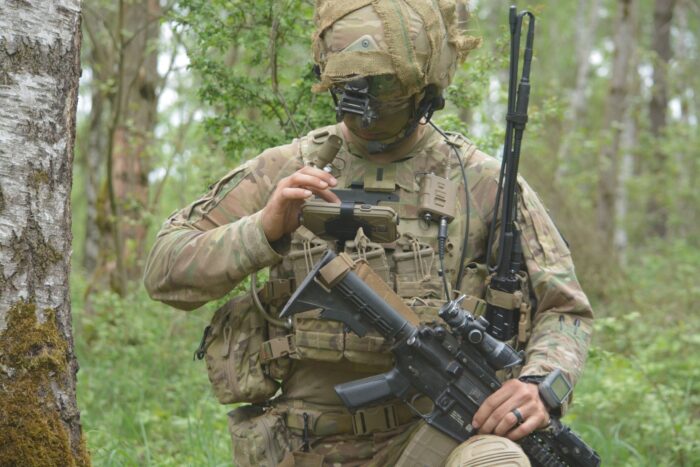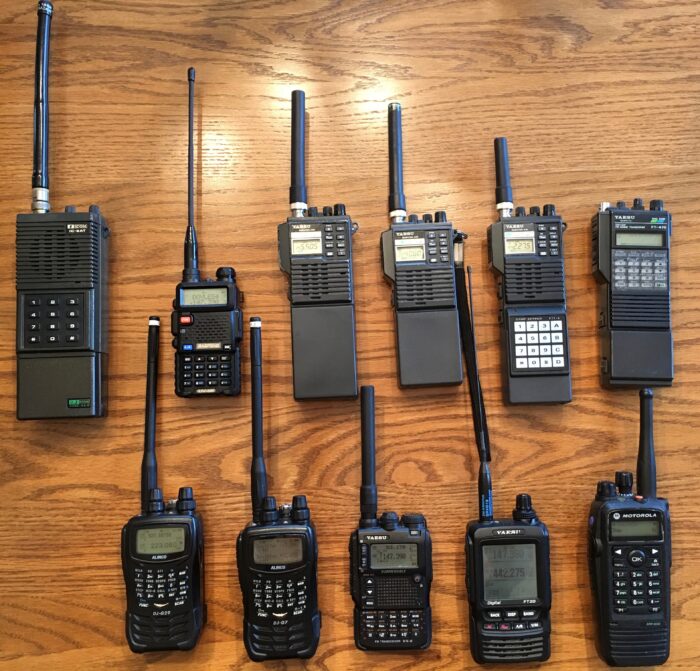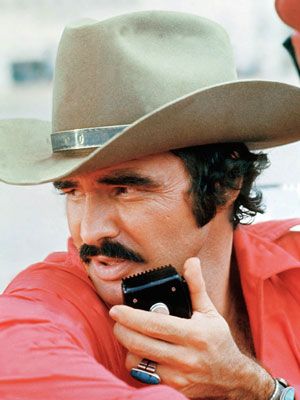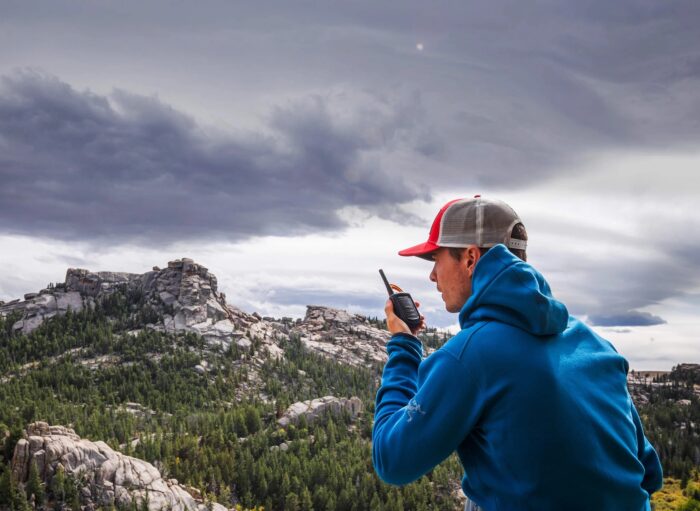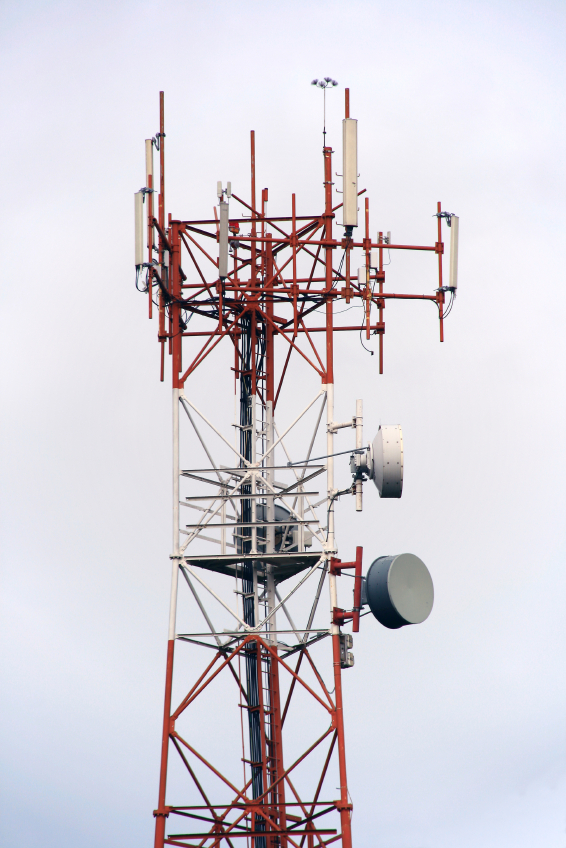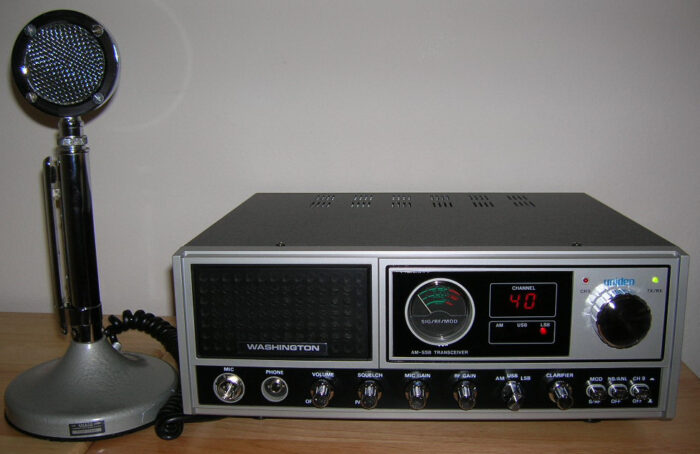Grogheads Zombie Apocalypse Survival Guide! Roger Wilco Zulu Alpha
You can practice marksmanship for years on end and stockpile freeze dried food and fish antibiotics in ridiculous quantities, but your chance of survival alone is small. Being part of a team when the flesh eaters start to hunt you is probably the single most important determinant of whether or not you will be able to make it past the breakers and continue breathing. For now, I won’t go into how to build a team and who to include. I want to talk about communications. If you are part of a team, hell, even if you aren’t part of a team, you will need to communicate with others. And this means beyond shouting distance. Communications, or “comms” for short, cover how individuals and groups transmit messages and ideas from one point to another. There are two components to comms, transmitting and receiving. Someone has to send up the smoke signals and someone has to interpret them. Whether it is two people speaking face to face or on cell phones, the principles are the same. In fact, we as a society have become so dependent on cell phones, that we have forgotten how to communicate in other more traditional ways. As they say, everything old is new again. Cell phones will be paperweights once society crashes. The infrastructure required to keep them all functioning will come crashing down once things go bad.
By: Jonathan Glazer
This brings us to an extremely popular and hotly debated topic in survival circles: radio communications. It is generally accepted that in emergency situations, radios in all its forms will be used to reach out and touch someone over distance. Our armed forces still use radios, so they are clearly not obsolete and when your cell phone becomes a brick, you will need a way to both receive and transmit information. Let’s say you are the loner type and eschew socializing, team building and bathing, you should still be at least monitoring the airwaves to see if that gang of bikers assembled a block from you are discussing ways you can be tied to a spit and roasted over a fire for a cookout.
There are many different types of radios which require all different levels of expertise and licensing. Sadly, there is no free lunch in the world of amateur radio. You get out what you put into it. There are all kinds of trade offs and there is no one best or easiest way to get the most distance with the least effort. There are amateur radio clubs filled with enthusiasts (generally known as “hams”) who spend years learning their skills and building their setups. This is an indication of the level of complexity and amount of knowledge that exists in this world. It does require some learning to get to the stage where you can use these radios on a practical level. I want to start by discussing the basic outline of amateur radio and explaining the differences and what is required to participate. Then I will talk about the controversy that wages in the prepper community and allow you to make your own decisions.
At it’s most basic level, there is CB or Citizen’s Band radio. Anyone who ever watched Smokey and the Bandit with Burt Reynolds and Jackie Gleason (A classic!) or grew up in the 1970’s (by the way, I am not old, I am vintage) knows about CB radios with the goofy lingo (breaker breaker, good buddy) and the other old fashioned customs that come with it. CB radio is still in use and is still popular with truckers on the open road. No license is required and you can easily buy one and set it up in your vehicle or as a base station. CB is subject to solar cycles impacting the propagation of the signal and there are some other limitations, but it still works very well. Some people look to use linear amplifiers in conjunction with their CBs to get more distance when they broadcast. There are pitfalls to this and may not provide the benefits that these users expect.
Moving on from CB, there are other types of radios to explore. Joe Average can walk into an appliance store and buy a set of walkie talkies for $30. It says right there on the package that they have a 36 mile range. How can you beat that? Why would anyone need anything else? As you might have guessed, that range estimate is a wee bit optimistic. These radios are utilizing FRS (Family Radio Service) frequencies and anyone can buy and use them without getting any type of license. They operate on a line of sight basis, which means generally that the antennae have to be in a line of sight to work. Obstructions in the way, vegetation and the curvature of the earth all conspire to whittle that ridiculous range estimate down to nothing. If you are sitting on the top of a treeless mountain and your buddy is on the top of another mountain across a ravine 36 miles away, those 0.5 watt radios just might be able to hear each other. Add a tree in the way and forget about it. In a suburban setting, you would be lucky to get a half mile, if not less. Those walkie talkies have limitations and the more stuff in the way, the less likely you will hear your partner.
I should also mention that most radios have no privacy associated with them. Anyone listening to that frequency can hear you, so always be mindful of what you reveal on an open frequency. Once I listened to a conversation where one guy started saying some confidential things and actually said “between you and me” to the other guy, who had to remind him that nothing was confidential over the air. The walkie talkies have a “privacy” feature. In fact, it is quite the opposite. The privacy mode means they only receive from another radio that broadcasts a specific tone. So, 2 radios tuned to the same “privacy” setting can hear each other but can’t hear anyone else. Plus everyone can hear them. Using the privacy function is like using a bathroom where everyone can see in, but you can’t see out. You may not be bothered by others on the channel, but they can hear your every word.
The next level up are the GMRS (General Mobile Radio Service) frequencies. They have overlap with the FRS radios in that they use many of the same frequencies. GMRS requires licensing from the FCC, but no exam. They are allowed to use higher power on certain channels than the 0.5 watts allowed for FRS radios. If you are talking on channel 1 on your GMRS radio, you can talk with your friend who is on channel 1 on his FRS radio. Talking from radio to radio is referred to as “simplex” communication. GMRS radios are capable of “duplex” communication which means they are utilizing 2 frequencies with a “repeater” facilitating the conversation. A repeater is a radio that rebroadcasts the transmission, usually on a separate frequency so that greater distances can be achieved. Radio 1 broadcasts a transmission to the repeater which rebroadcasts the transmission and is received by radio 2, often at a much greater distance than radio 1 and 2 can normally reach each other. This type of repeater operation is also extremely common in “ham” radio and allows people to communicate over extremely long distances. Repeaters are typically maintained by clubs, have high antennae to give good distance and are often backed up by batteries, generators and solar power for continued use in emergencies.
This brings us to ham radio. Anyone can listen to anything that is broadcast, but you are not allowed to transmit on any of those frequencies unless you are duly licensed. You must take an exam at one of three levels: Technician, General or Amateur Extra, in order of increasing difficulty. Morse code is no longer required. Depending of what level license you have, that determines which frequencies you can use, with Amateur Extra being the least restrictive. Ham radio is broken up into different bands of frequencies. There are HF (High Frequency)/VHF (Very High Frequency) and UHF (Ultra High Frequency) bands and each have different advantages and disadvantages with regards to distance covered, clarity and types of antennae used. Many HF frequencies are the ones that can be used by General licensees and above and are able to transmit extremely long distances, including around the world. Ham frequencies can be operated on a simplex basis (radio to radio) or using repeaters. Many repeaters are linked allowing very long distance communication. There are many different ways to use ham radios including digital comms which transmit over the internet and there are plenty of hams that actually talk with the International Space Station. My focus is on being able to communicate once our bodies become desirable late night snacks for the roaming undead. This means I am only interested in in being able to use equipment that will function with a minimum (or complete lack of) infrastructure. And here is where some of the controversy lies.
I classify amateur radio guys into two camps: Boy scouts and outlaws. The boy scouts (some of them actually were boy scouts) approach radio from a pure perspective where everything is done by the book. Outlaws view the laws as an inconvenience and frequently refuse to get licensed due to a desire to stay off the grid. Many preppers fall into this category. There is some overlap between these two groups, but generally most do fall within one of these buckets or the other. Boy Scouts hate the outlaws and think of them as barbarians. They don’t understand why anyone would want to break the rules. Outlaws don’t understand why anyone would bother getting licensed. They often use over powered equipment as a means to cover more distance and don’t care what interference they cause. This can be a big issue as improperly using equipment and running higher than permissible power levels can result in all kinds of unrelated equipment not functioning properly. Think ambulance dispatch not being able to reach a meat wagon or television signals being interrupted. Outlaws feel they will buy the equipment and then use it once the dead rise and there will be no civil authorities to say other wise. Both of these camps make some valid points and both have limitations to their ways of thinking. It is not up to me to point out those limitations. I just do what I think makes the most sense and that puts me with one foot in either camp.
Remember that this is my opinion. I may be wrong. I may be dead wrong. I have had discussions with close friends who say there is no reason to take a test, get licensed, get a call sign and start talking on the ham frequencies. They say you just buy the gear and when there are fires everywhere and the screams of those being eaten alive, you just go ahead and use the frequencies because no one will care at that point. I used to think that way until I began researching what was needed to establish reliable comms and I found out that this material is complicated. You don’t just turn on the radio and talk. There is a lot of stuff to know, practice and refine. Different antennae operate differently and you need to be able to understand what works, try it out and diagnose why it isn’t working. All of that has to happen now, while the dead are safely slumbering in their graves, not when society is ending. If you don’t spend a significant amount of time having peacetime communications, the radios will be useless during the stressful times and you will spend a lot of time yelling into a microphone with no one hearing you which draws zombies to your position. And if you try to test out your equipment now, licensed hams will quickly figure out that you are not licensed. There are some who practice what is known as “fox hunting” which is using directional antennae and specialized receivers to find unauthorized broadcasting. These boy scouts will turn you in to the FCC which hands out $10,000 fines like they were candy.
I believe in having CB radio, FRS/GMRS radio as well as ham radio capabilities. Remember that the bad guys use radios too and you need to be able to hear what they are saying. I feel that getting your GMRS license and taking the Technician level exam and certification is wise so you can legally operate now while learning how to properly use your equipment along the way. Boy Scouts can be great sources of information and can take you under their wing if they feel you are making an effort to abide by the rules. It is only when you look for ways to skirt the system that they become suspicious. Most outlaws make the same mistakes so they are easy to spot. They look for more power. One of the things I learned is that increasing power often will not greatly increase the distance you can transmit. You get more bang for the buck by getting a better antenna and extra power often provides only interference. You may think I am a boy scout based on these beliefs, but keep in mind that some of my “advice” may not be entirely legal. You are supposed to access GMRS radio using dedicated units and not tuning them in on ham radios. My advice is to not break the law. That being said, it sometimes happens. And being able to do certain things in the zombie killing times that you can’t do now may not be a bad thing.
Lastly, I wanted to comment on the radios themselves. There are lots of them on the market ranging from $25 to thousands of dollars for the equipment. At the low end, there are Chinese made radios, I won’t mention the brand, but if you look at any prepper message board you will see the name (cough, cough, baofeng, cough). Many boy scouts frown on these radios and feel they are poorly made, provide excessive unregulated interference and are just plain junk. If you tell them you have one, they may refuse to transmit to you. I have a few of them and they work fine. For $25-$30, to be able to buy a radio that handles UHF/VHF and has lots of features, you won’t go wrong to have at least one. If you want to spend a little more on a better radio down the road, you can do that as well. I would stay away from the FRS radios although the other handhelds do require programming and can be a little complicated. I learned how to program them and do it for friends regularly based on the frequencies that I feel make sense. CB radios have a wide range of prices as well. You can buy a setup for about $50 and add a good antenna and be ready to roll. There are more expensive units that may have other features like single sideband (SSB) which gives more functionality. If you mounted a CB (either with or without SSB) as well as a multiband ham radio of some kind you would have all the bases covered. Most radios have scan functions which you can use to run through all programmed frequencies and channels and it will stop when activity is found. That way you can monitor many frequencies on a continuous basis.
I do want to discuss the use of repeaters as the survival minded have differing opinions on this. Using GMRS and ham repeaters does put you under control of whoever owns that repeater. However, you should be using appropriate open frequency communications protocols as this is true of simplex communications as well as repeater use. Plus it is possible that a repeater operator may take exception to those with different political views using the repeater and cancel use by you and your group. That is always a possibility. But again, I would be careful at what I shared over the radio. Another concern about use of repeaters is that when the Z virus hits and all hell breaks loose, repeaters may very well stop working. They do have backup generators and solar power but it is not realistic to think that a repeater will be in operation for an extended period of time following societal breakdown. I feel it is ok to use repeaters as long as you can. Eventually you will have only simplex operation. All of this should be factored into group preparations.
I didn’t talk about communications protocols or organizing “nets” which are scheduled on air meetings. These are some of the activities you should be looking into in order to build your radio muscles, much like regularly going to the firing range. You should be discussing comms capabilities with your like minded friends and look into building bridges with the amateur radio community so you can draw on their experience and knowledge. Whether you approach amateur radio as a post apocalyptic tool or a fun hobby, the resources are out there. Fortunately, zombies can’t talk and they certainly don’t have the manual dexterity to key a mic.
Chat about it below, or in our forums, or hit our FaceBook page >>



